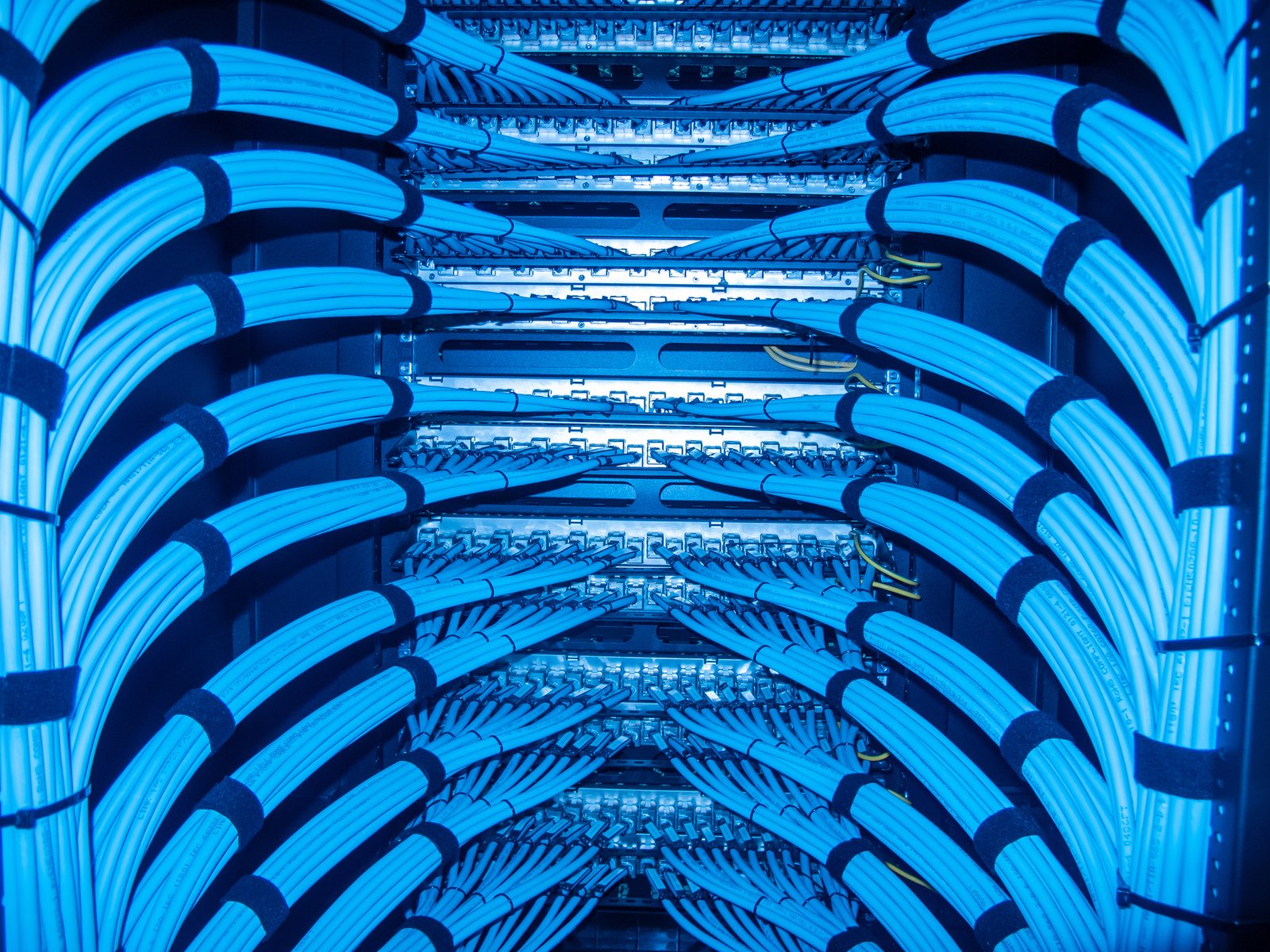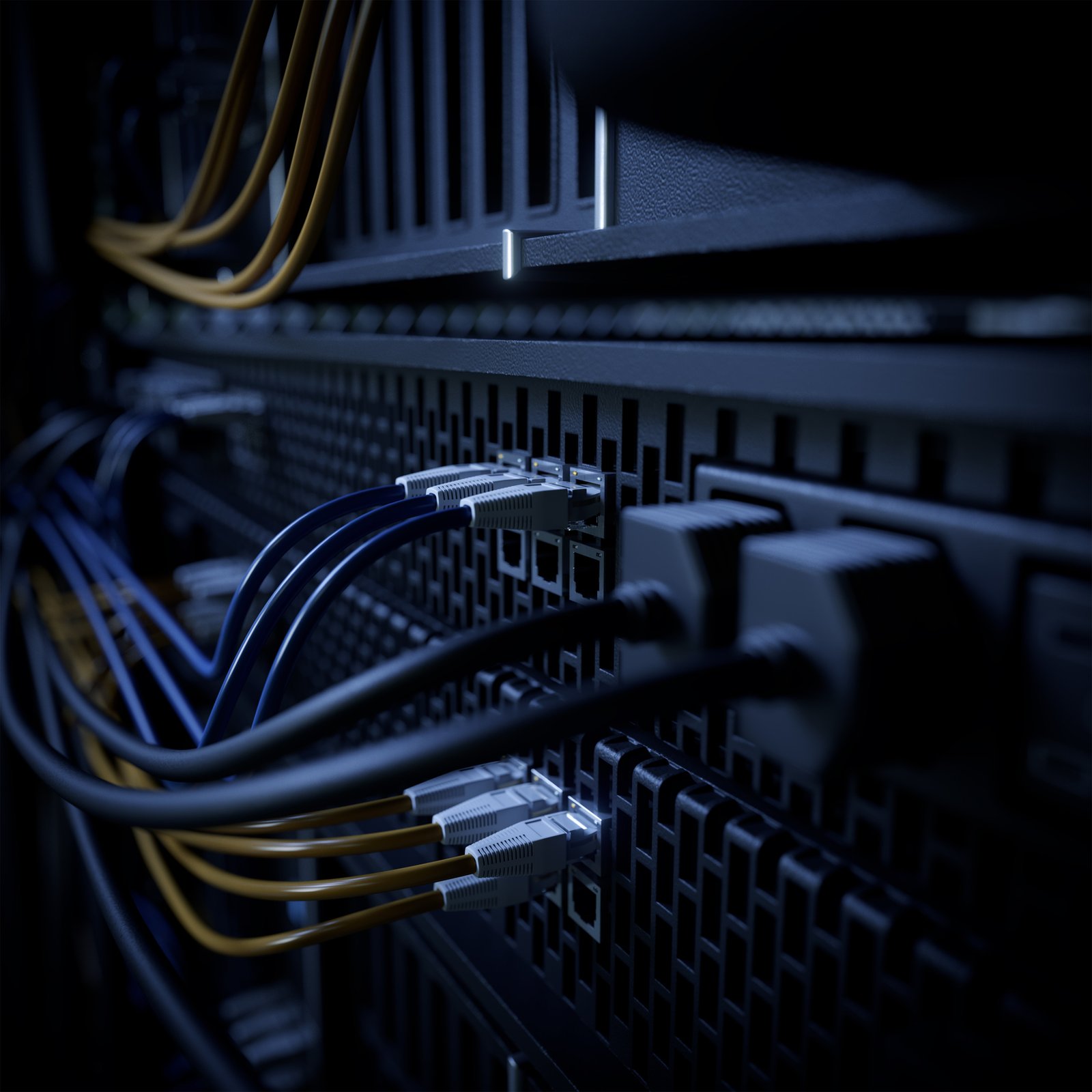Data Center demand has surged in the past year as the COVID-19 pandemic has accelerated the adoption of digital technologies by several years.
“In just a few months’ time, the COVID-19 crisis brought about years of change in the way companies in all sectors and regions do business,” said a McKinsey & Company report. “According to a new McKinsey Global Survey of executives, their companies have accelerated the digitization of their customer and supply-chain interactions and of their internal operations by three to four years. And the share of digital or digitally enabled products in their portfolios has accelerated by a shocking seven years.”
Data Center Construction is Booming
All this digital appetite requires data center facilities with the Dallas-Fort Worth area alone seeing data center leasing up 30 percent last year, according to The Dallas Morning News.
“With data usage growing at an explosive rate, we expect data center demand to increase across both primary and secondary markets in 2021,” Pat Lynch, CBRE’s senior managing director of data center solutions, said in a statement.
With data center construction booming around the country, the spotlight is on cabling infrastructure which plays the key role of moving data through the system.
When it comes to cabling infrastructure of data centers there can be confusion between true structured connectivity vs. structured cabling in a local area network (LAN) Campus environment.
Data Center Design: Cabling Infrastructure Debate
Data Center Systems’ CEO Kevin Ehringer says the choice in some ways comes down between the LAN-Campus connectivity approach prevalent in the early days of file-server networking or a newer design approach appropriate for mainframe connectivity.
“With the data center boom there has been a much more need to be able to have structured cabling the way it was originally done in the data center space when IBM came with the fiber transport system when they came out with the first fiber attached mainframe,” said Ehringer.
In 1991 the first industry-wide standard was released by the ANSI, TIA, and EIA, known today as ANSI/TIA-568 (EIA has since ceased operating). Structured cabling system standards were now set for commercial buildings, and between buildings in LAN campus environments.
“This standard was created because of all the different companies doing it their own way,” said Ehringer.
LAN-Campus Structured Cabling Design
In a multi-floor building, the LAN-campus structured cabling design typically featured:
- Vertical risers built into the building to carry IT equipment and cables between floors.
- Intermediate distribution frames (IDF) on each floor, usually a free-standing or wall-mounted rack for managing and interconnecting equipment and devices between end users and the main distribution frame (MDF).
- Each office on every floor would have cabling, usually copper, running from wall jacks to the IDF on each floor. Individual end user devices such as computers would be connected directly by cables into the wall jack.
- The copper lines would be converted into fiber cables to run down the risers to the MDF, typically on a ground floor or in the basement.
- At the MDF you have a group of patch panels and a patch board that runs into the switch.
“This philosophy is great for a LAN Campus environment but when you try and take that over to the data center space that’s where there can come some confusion,” said Ehringer.
True Structured Cabling for Data Center Design
IBM’s fiber transport system was the start of true structured cabling for data center design.
A typical design with true structured cabling looks like:
- Switches are trunked directly into a central patching location.
- Storage devices and servers connected by cables to the closest zone patching locations.
- The zone patching locations are cabled back to the central patching locations where the server port or storage port is patched to the director class switch.
“This takes all the moves, adds and changes activity away from the equipment, mainly the switches,” said Ehringer.
Data Center True Structured Cabling Difference
Data center environments have a number of moves, adds, and changes in a given day, week or month.
“True structured cabling puts the backbone in place to be able to handle all of the turning up of the equipment relatively fast,” said Ehringer.
Your data center, for example, can easily add a server, without making changes to the switches.
“As the protocols, speeds and distance limitations become more important, a lot of the products that were used in the storage area network and LAN campus environment can alter the set-up of your data center,” said Ehringer.
True structured cabling solutions allow for all ports on all devices within all equipment in a data center to be represented by a port on the front of the patch panel at the central patching location.
“That way you just have a quick connection at the front of the patch panel that allows you to get servers and storage that much faster, and if you do use the appropriate products that will get you within the link loss budget needed for today’s speeds and distance limitations,” said Ehringer.
Contact DCS today to find out more about installing cabling infrastructure that will keep your data center operating efficiently.










